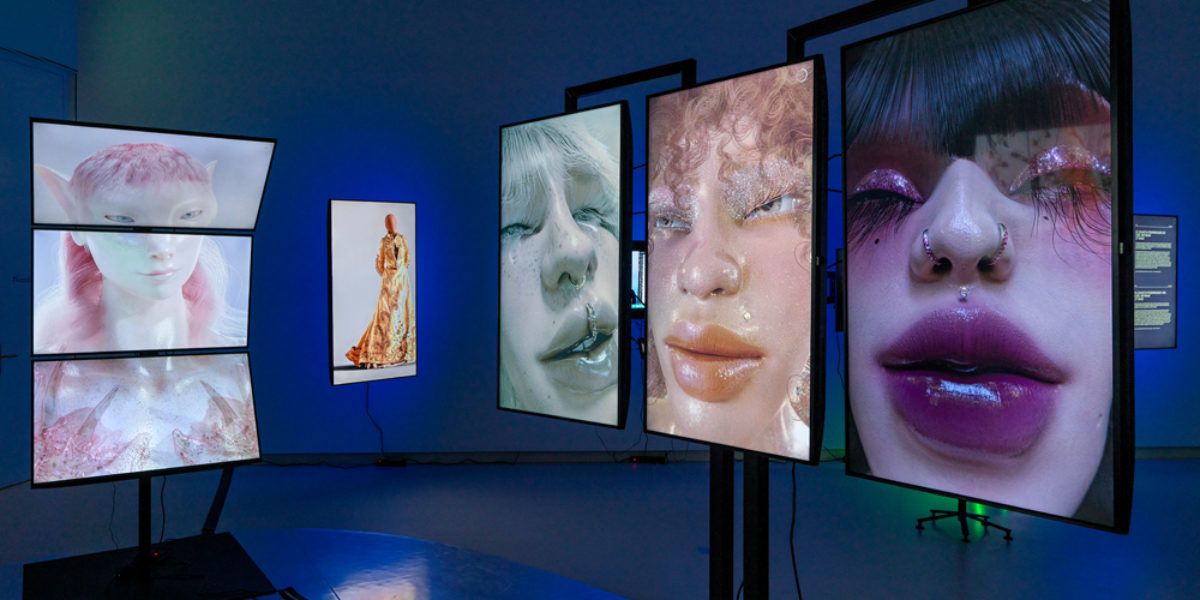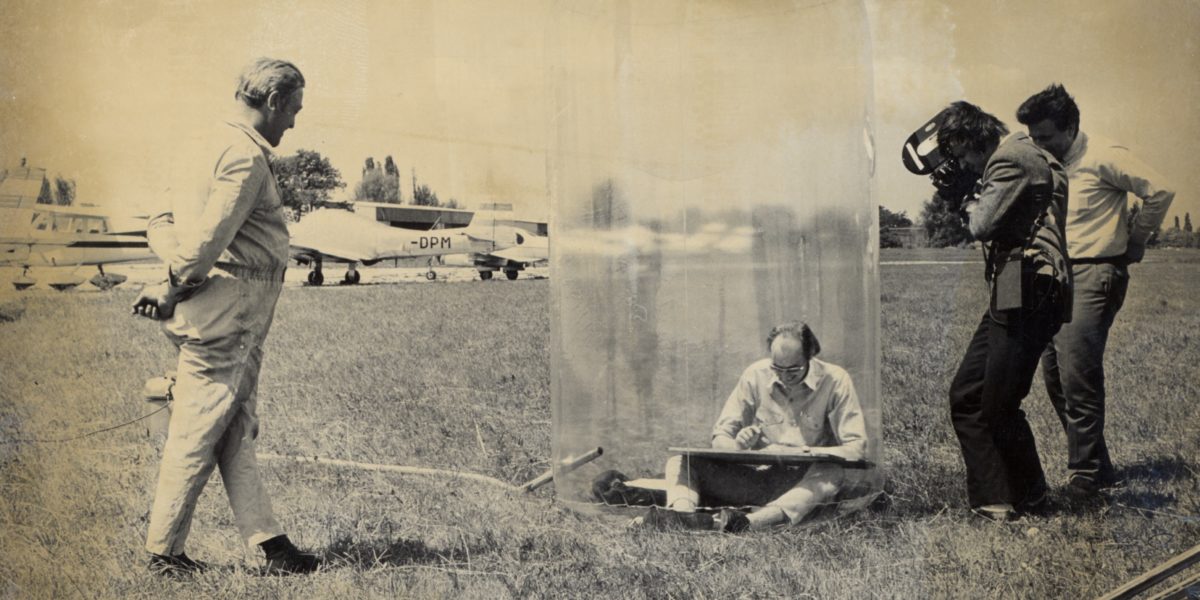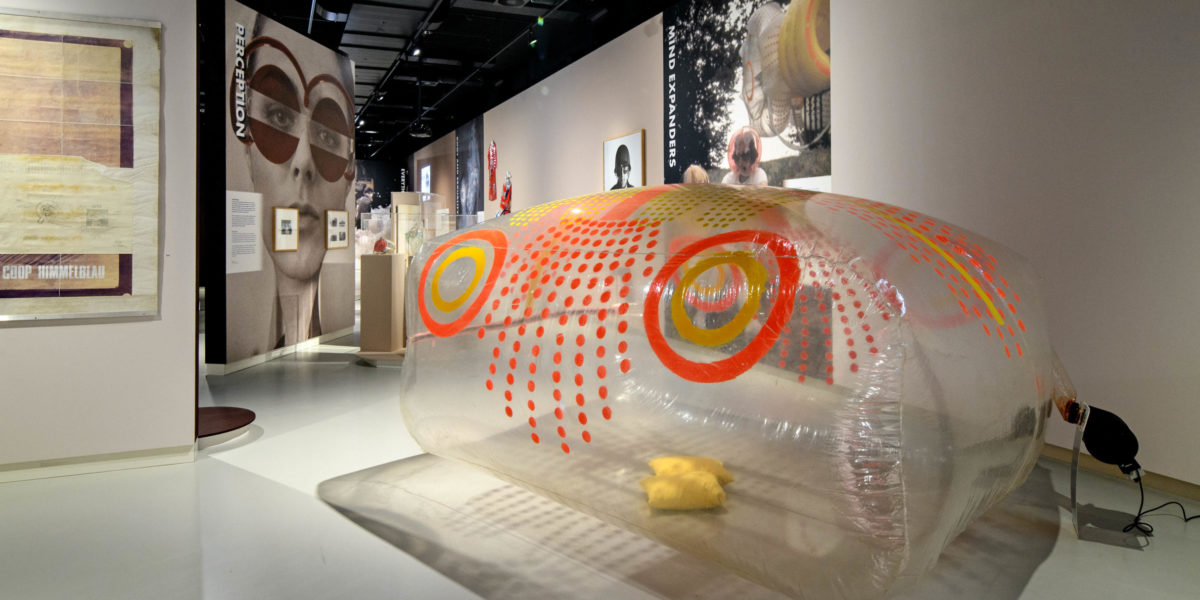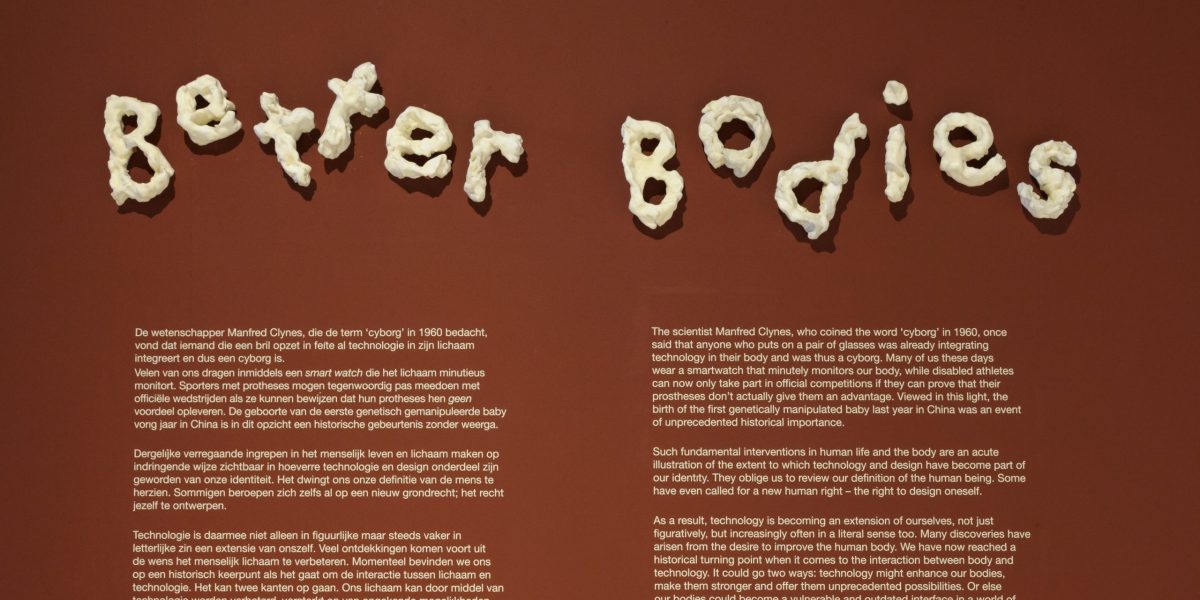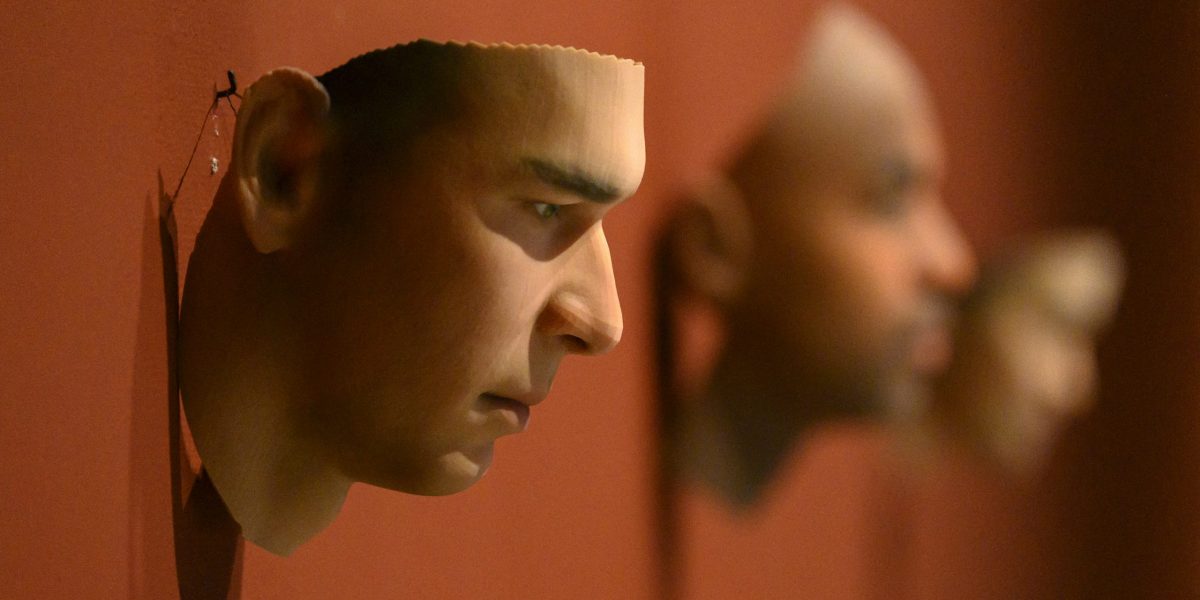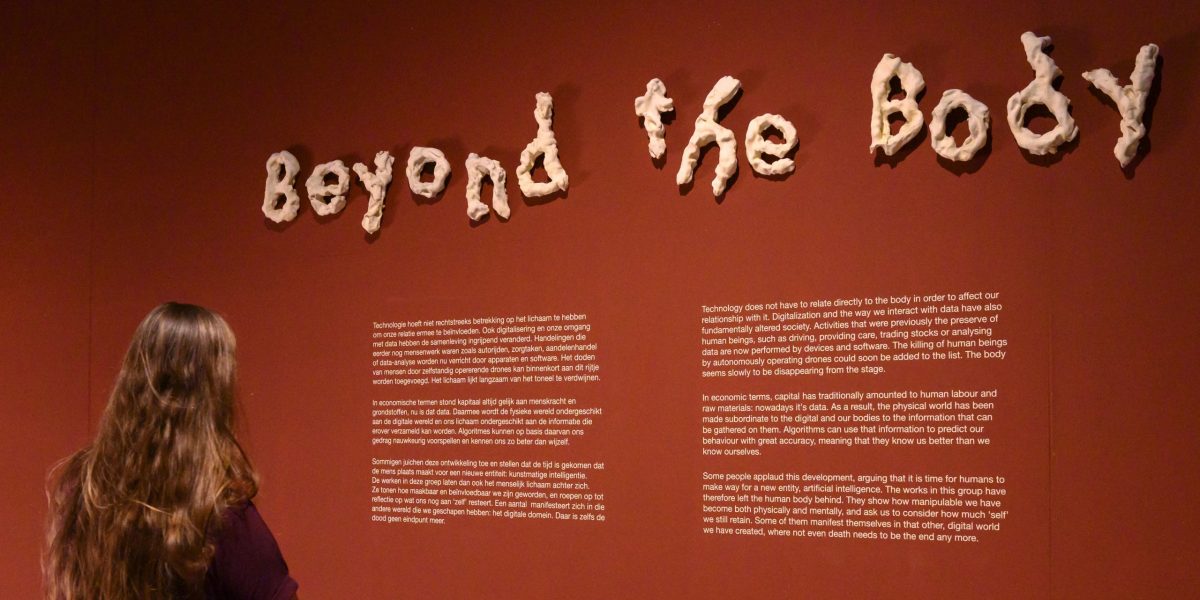A complete guide of metaverse terms you need to know
This article written by Rachel Douglass was published on FashionUnited.uk on 10 November 2022.
Digital worlds and the metaverse are becoming increasingly hard to avoid, as younger generations and their digitally-centred lifestyle begin to have further influence over the way brands communicate with their audiences. As this progression continues, more and more terms have been adopted and introduced to describe the widening range of elements within the digital field, often making it complex to know what exactly is going on amid all the advancements.
So as not to get left behind as digitalisation rapidly develops, FashionUnited has compiled a selection of terms and words that are imperative to understanding this vast new realm.
Metaverse
In contrast to the common belief that the term ‘metaverse’ refers to one sole virtual world, it is actually used as an umbrella term to describe any virtual world that provides digital experiences as an alternative to or a replica of the real world. These virtual worlds can incorporate virtual reality or mixed reality, in spaces that can often be inhabited, interacted with and moved through on a digital platform. This network of virtual worlds are usually based around social connections and gaming, allowing users to connect and communicate with one another as they move around an open world space.
Web3
Web3, or Web 3.0, is often considered to be the ‘next generation’ of the internet that aims to connect and engage users on a larger scale. While Web2 refers to the internet we know today, where 2D web pages require scrolling and clicking in order to interact, Web3 looks to take this further by introducing more immersive websites and platform designs.
Additionally, much of Web3 is based around average users becoming ‘owners’ of the internet, allowing them to generate platforms and create content for their own gain. This form of internet is decentralised and not overseen by big tech giants.
Virtual world
A virtual world can be both a simulated version of the real world or a made-up environment. In most cases, virtual worlds are generated as a space that can be inhabited and allow for interaction between users through the use of avatars. Many users can access and explore the platform at one time, with options to build and travel within the world also usually available. Some even come with their own economy and marketplaces, where players can purchase digital assets. Popular virtual worlds brands have been known to frequent include Roblox, The Sandbox and Decentraland.
Non-fungible token (NFT)
A non-fungible token, mostly known as an NFT, is a digital certificate that helps to authenticate ownership of a digital asset. Backed by the blockchain, an NFT can be tied to unique assets like an image, music or avatar that are non-interchangeable. The concept really flourished at the beginning of 2021, and since has allowed designers and artists to claim ownership over their work online.
Brands have also integrated the feature into their own metaverse-based projects, selling off NFTs that can be used as ‘keys’ to provide access to exclusive content, membership events or digital products that can be worn in a virtual world, as a new form of engaging consumers.
Virtual reality (VR)
Virtual reality, also known as VR, refers to an immersive, computer-generated environment where users can be fully immersed in a simulated reality. To access such a space, products like VR headsets are used, providing a 360 degree view of a virtual world and allowing for the possibility of movement and interaction.
Augmented reality (AR)
Unlike VR, augmented reality, or AR, overlays digitally-generated images onto the real world. The feature can often be accessed through a device like a mobile phone, where, through a camera function, users can view real life environments with overlaid graphics.
Social media apps like Instagram and Snapchat utilise AR through filters and lenses that can digitally adapt a face or the real world. Brands have also implemented this technology to launch ‘virtual try-on’ features, allowing shoppers to see what an item would look like on, via a digital filter.
Mixed reality (MR)
Mixed reality (MR) describes the merging of real world and computer-generated environments, allowing physical and digital content to be combined in a way that enables interaction throughout both. Initiatives based on this concept that have launched previously include that of fashion shows that exist both in the real world and digitally, or the display of a real life event via a virtual, open-world platform.
Extended reality (XR)
Extended reality (XR) brings together the technologies behind VR, AR and MR to create a computer-generated virtual experience that merges the physical and virtual worlds. Brands that have implemented this strategy have launched initiatives such as virtual shopping experiences that allow consumers to shop through an avatar in a digital iteration of a real world environment.
Avatar
An avatar is a digital character that is often used to represent a player or user in a virtual world. While traditional avatars in Web2 are static icons that do not interact with their environment, in Web3 avatars come as an extension of their user and can perform a range of functions in an immersive space.
These digital individuals have developed over time to be customisable characters in games or as virtual influencers that are capable of representing brands and interacting with audiences. Examples of this include Lil Miquela and Shudu Gram, both of which have garnered significant social media followings.
Artificial intelligence (AI)
Artificial intelligence (AI) is a term used for a machine that mimics human-like cognitive skills, like the ability to solve problems or process natural language. While robots are sometimes considered a prime form of AI, it usually describes computer programmes that have these capabilities. As it collects information, they can often improve themselves and learn from experiences. AI can be used to inform algorithms to help brands automatically determine relevant content to display to shoppers in order to personalise their experience and communication.
Blockchain
A blockchain is a platform that provides a collective record of information that can only be altered and updated by a select network of computers. Through the use of distributed ledger technology (DTL), data within a blockchain cannot be copied but can be used to carry out secure transactions.
Blockchain platforms have been used as the base for cryptocurrencies, as well as the management of supply chains, enabling companies to securely track their goods and services. The feature is known for being almost immune to hacking, since data is stored throughout an entire network.
Cryptocurrency
This digital form of currency, cryptocurrency, can be spent both online and offline and is managed and created by those who purchase it. Well known forms of this payment method include Bitcoin, Ethereum and Ripple, all of which can be managed via a crypto wallet that encrypts a user’s transactions. The decentralised system uses cryptography, a practice that ensures secure communication, instead of a centralised third party.
Mint
‘To mint’ references the process of creating an NFT and involves the creation of a unique certificate of authenticity for a particular asset. As part of the process, a creator can cement the details of an asset, including information on who owns it and how much was paid for it, so it can then be published on a blockchain to be sold, bought and traded.
Metaverse wallet
A metaverse wallet, which can also be known as a digital wallet or crypto wallet, allows its users to hold and make transactions via cryptocurrency. Where this form of payment is used, a wallet will be required to manage, track and pay for an asset. Some iterations of a metaverse wallet also enable users to store NFTs and digital assets they may have bought.
Decentralisation
In terms of digital asset management and blockchain platforms, decentralisation is linked to the transfer of control and decision-making from a sole individual to a wider network. This process aims to reduce the level of trust members can place on one another, and spread authority over a group to create a fairer service.
Decentralised autonomous organisation (DAO)
A decentralised autonomous organisation (DAO) is a blockchain-based organisation led by its own members. Contracts managed by a particular group can dictate the rules and governance of a DAO, many of which provide users with voting rights and direction of a particular metaverse-based project. The concept aims to make the metaverse a more community-centred space by spreading responsibility.
Phygital
The word ‘phygital’ is formed from the merging of ‘physical’ and ‘digital’, and refers to the marketing of an asset, whether it be an item of clothing, art piece or otherwise, that exists both digitally and physically. Many brands have utilised this format to allow shoppers to own a physical item and a digital iteration of the same piece, which can then be worn by their avatar in a virtual world. This can also be called a ‘digital twin’.
Creator economy
As an evolution of influencer culture, the creator economy within the metaverse applies to individuals, brands and social media influencers that create original content that they earn money from. This can be virtual world activations like selling NFT assets, designing products, hosting events and more, all of which followers can engage with online. While TikTok, YouTube and Instagram have previously led the way in this sector, live streaming platforms like Twitch have further bolstered this trend.
Internet of Value (IOV)
The Internet of Value (IOV) is a term often used to describe technologies that rely on decentralised operations, such as blockchain and cryptocurrency. It is a global payment network that enables users to transfer value, assets and data for monetary value. This can include stocks, votes, intellectual property, music and more. It is also possible to connect physical objects to the internet through the function in order to control them remotely.






